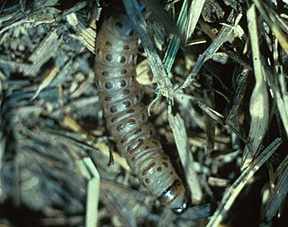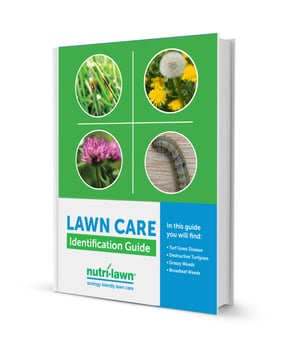Postal Code or Zip Code Not Found
Please select your city from the list below
- Airdrie
- Aldersyde
- Balzac
- Bearspaw
- Beiseker
- Black Diamond
- Bragg Creek
- Calgary
- Cheadle
- Chestermere
- Cochrane
- Conrich
- Crossfield
- Dalmead
- Dalroy
- Delacour
- Dewinton
- Elbow Valley
- Foothills
- Greater Calgary
- Heritage Pointe
- High River
- Indus
- Irricana
- Janet
- Kathryn
- Keoma
- Langdon
- Lyalta
- Madden
- Millarville
- Mountainview
- Okotoks
- Oothills
- Prarie Royal
- Priddis
- Prince Of Peace
- Redwood Meadows
- Rockyview
- Shepard
- Springbank
- Strathmore
- Symons Valley
- Turner Valley
- Wheatland
- Abbotsford
- Aldergrove
- Brentwood Bay
- Burnaby
- Chemainus
- Chilliwack
- Cobble-Hill
- Comox
- Coquitlam
- Cordova Bay
- Courtenay
- Delta
- Kamloops
- Kelowna
- Ladysmith
- Lake Country
- Langley
- Lantzville
- Maple Ridge
- Mill Bay
- Mission
- Nanaimo
- New Westminster
- North Saanich
- North Vancouver
- Parksville
- Peachland
- Penticton
- Pitt Meadows
- Port Coquitlam
- Port Moody
- Qualicum Beach
- Richmond
- Salmon Arm
- Shawnigan Lake
- Sidney
- South Island
- Summerland
- Surrey
- Vancouver
- Vancouver Area
- Vernon
- Victoria
- West Kelowna-Westside
- West Vancouver
- White Rock
- Ajax
- Alliston
- Almonte
- Ancaster
- Angus
- Aurora
- Ayr
- Bala
- Barrie
- Belleville
- Blackstock
- Bolton
- Bowmanville
- Bracebridge
- Bradford
- Brampton
- Brantford
- Brockville
- Brooklin
- Burlington
- Cambridge
- Capreol
- Carleton Place
- Carp
- Casselman
- Chelmsford
- Chesterville
- Clarence Creek
- Collingwood
- Concord
- Cookstown
- Copper Cliff
- Courtice
- Durham Region East
- Durham Region West
- Elmira
- Embrun
- Erin
- Etobicoke
- Fort Erie
- Gananoque
- Gloucester
- Gormley
- Gravenhurst
- Greater Sudbury
- Grimsby
- Guelph
- Hamilton
- Hanmer
- Holland Landing
- Innisfil
- Kanata
- Kemptville
- Keswick
- King City
- Kingston
- Kitchener
- Lively
- London
- Manotick
- Maple
- Markham
- Metcalfe
- Milton
- Mississauga
- Mount Albert
- Muskoka
- Napanee
- Nepean
- New Hamburg
- Newmarket
- Newtonville
- Niagara
- Niagara Falls
- Niagara-on-the-Lake
- Oakridges
- Oakville
- Orillia
- Orleans
- Orono
- Oshawa
- Ottawa
- Pickering
- Port Carling
- Port Colborne
- Port Perry
- Richmond
- Richmond Hill
- Rockcliffe - Manor Park
- Rockwood
- Rosseau
- Russell
- Sault Ste. Marie
- Scarborough
- Schomberg
- St. Catharines
- St. Thomas
- Stittsville
- Stouffville
- Stratford
- Sudbury
- Thornhill
- Thorold
- Tillsonburg
- Toronto
- Unionville
- Uxbridge
- Val Caron
- Vanier
- Vaughan
- Wasaga Beach
- Waterloo
- Welland
- Whitby
- Whitchurch-Stouffville
- Woodbridge
- Woodbridge/Maple
- Woodstock
- York North
- York South








